Ethiopia, the only African nation that was never colonized, boasts more than enough in its store of UNESCO World Heritage Sites to exhibit both its rich cultural heritage and natural wonders.
From the ancient rock-hewn churches to breathtaking natural landscapes, these sites offer visitors an unparalleled glimpse into human history and natural beauty. Let’s explore twenty compelling reasons why Ethiopia’s UNESCO sites should be on your travel radar.
The Rock-Hewn Churches of Lalibela
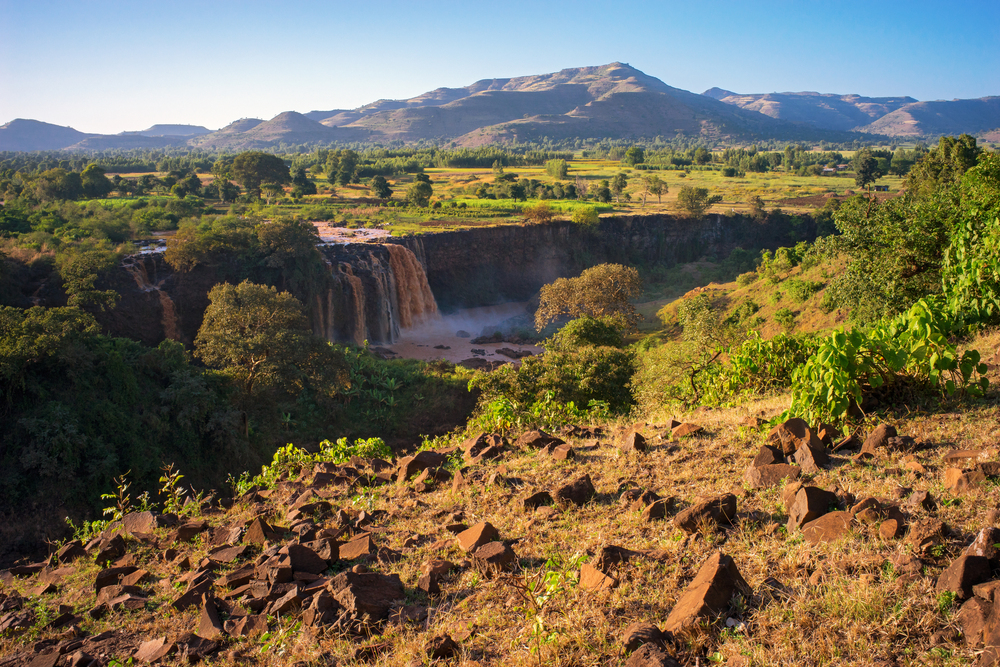
Carved in solid rock during the 12th century, the eleven medieval churches of Lalibela stand as testaments to human ingenuity and religious devotion. These architectural marvels were built during the reign of King Lalibela and today continue to serve as active places of worship and pilgrimage.
The most famous among them is the Church of Saint George, which is cross-shaped and extends three stories deep into the earth.
Aksum’s Ancient Obelisks
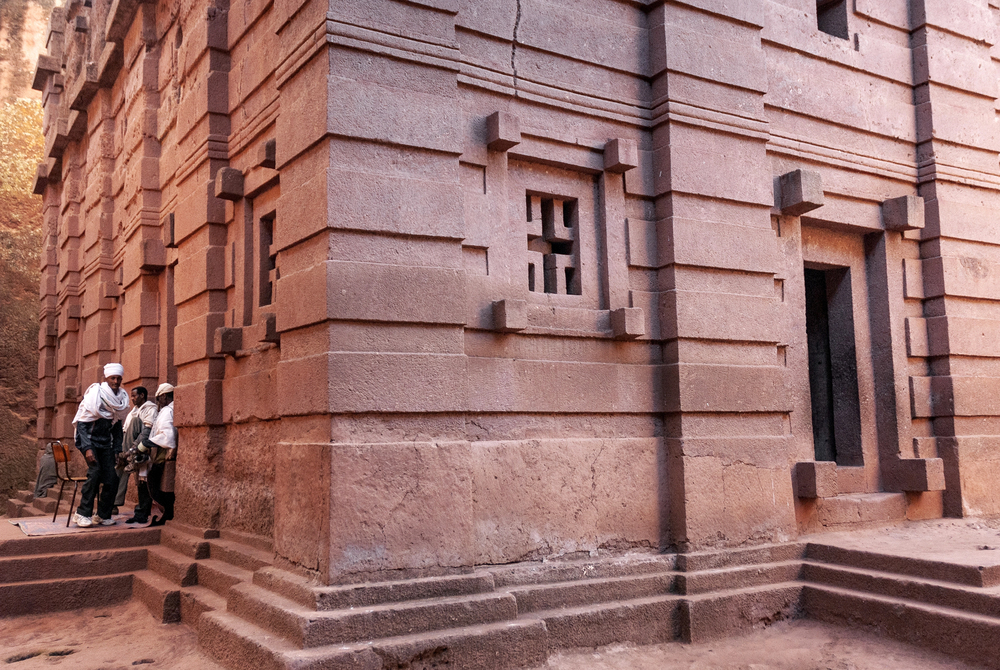
The city has giant obelisks pointing to the burial sites for several of the former Ethiopian aristocracy. Engineering skills to the height of over 75 feet high testify to high engineering skills developed as far back as the 4th century CE, while the complex also possesses a church believed, per Ethiopian Orthodox lore, to house the original Ark of the Covenant.
Like Travel Pug’s content? Follow us on MSN.
Simien Mountains National Park
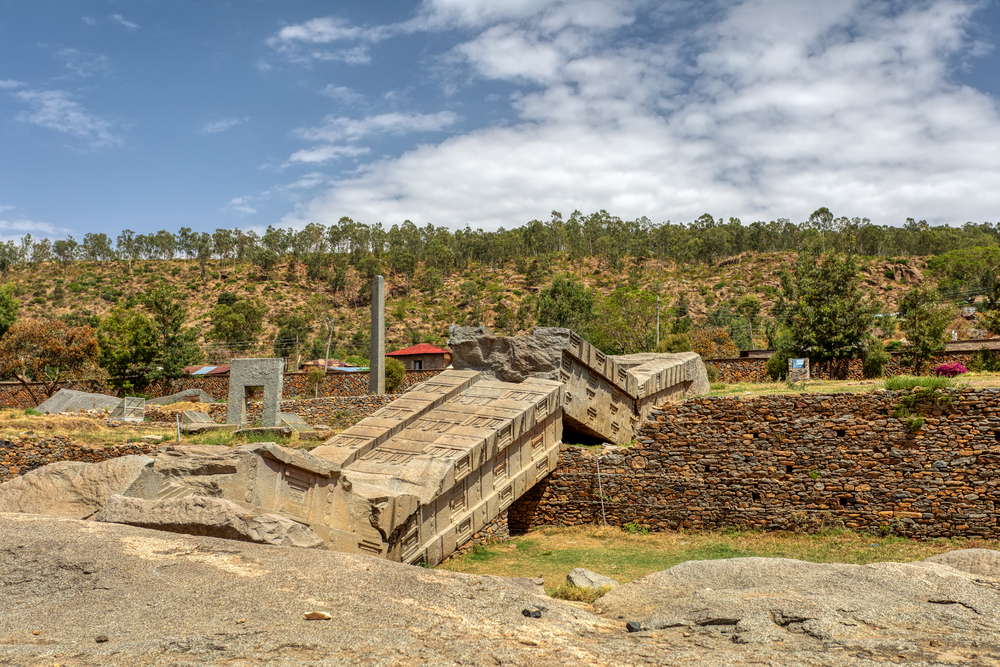
The Simien Mountains – a home for the endangered Ethiopian wolf and the iconic Gelada baboon – offer some of the most dramatic landscapes in Africa. Sheer cliffs plunge more than 4,921 feet to the valleys below, while jagged peaks reach toward the sky.
The park’s unique ecosystem supports numerous endemic species found nowhere else on Earth.
Fasil Ghebbi in Gondar
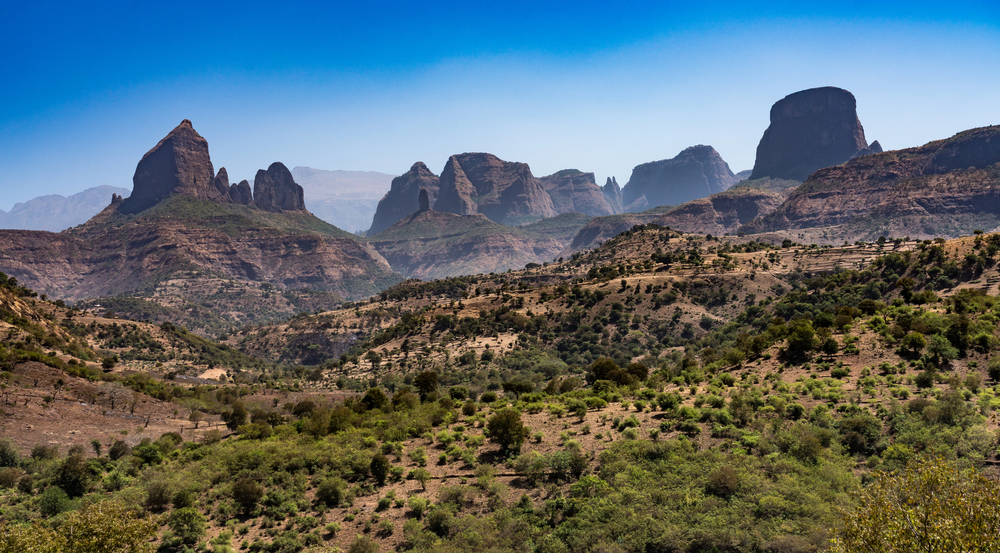
Known as Ethiopia’s Camelot, this 17th-century royal compound contains several castles, churches, and unique architecture that blends local traditions with those of Europe. The site served as the residence of Ethiopian emperors during the nation’s golden age.
Its well-preserved structures include the famous two-story palace of Emperor Fasilides.
Lower Valley of the Awash
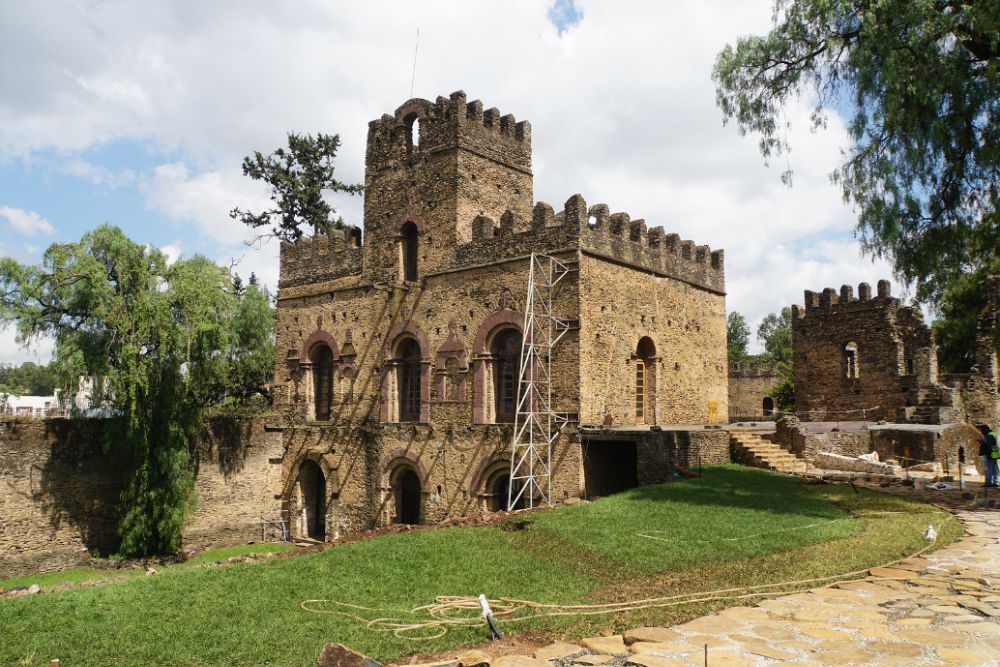
This paleoanthropological site has yielded some of the most important hominid fossils ever discovered. The famous ‘Lucy’ skeleton was found here, dating back 3.2 million years.
The site continues to provide crucial insights into human evolution and early human history.
Like Travel Pug’s content? Follow us on MSN.
Lower Valley of the Omo
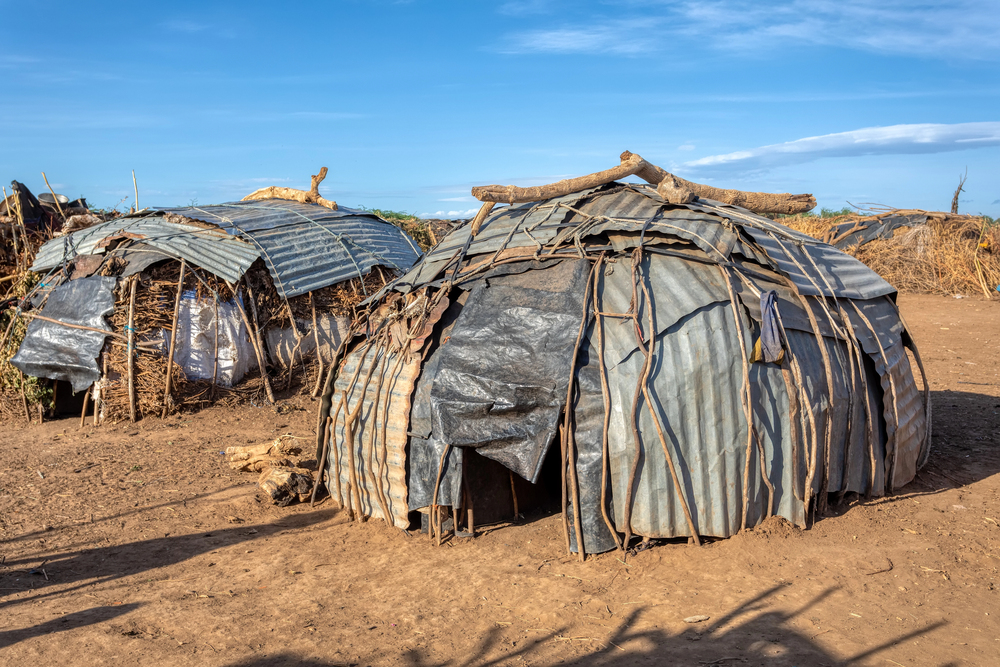
Another crucial paleoanthropological site, the Omo Valley, has produced numerous fossils that help scientists understand human evolution. The area’s geological formations have preserved a remarkable record of human development.
Discoveries here have pushed back the date of the earliest known human tools by hundreds of thousands of years.
Tiya Carved Standing Stones
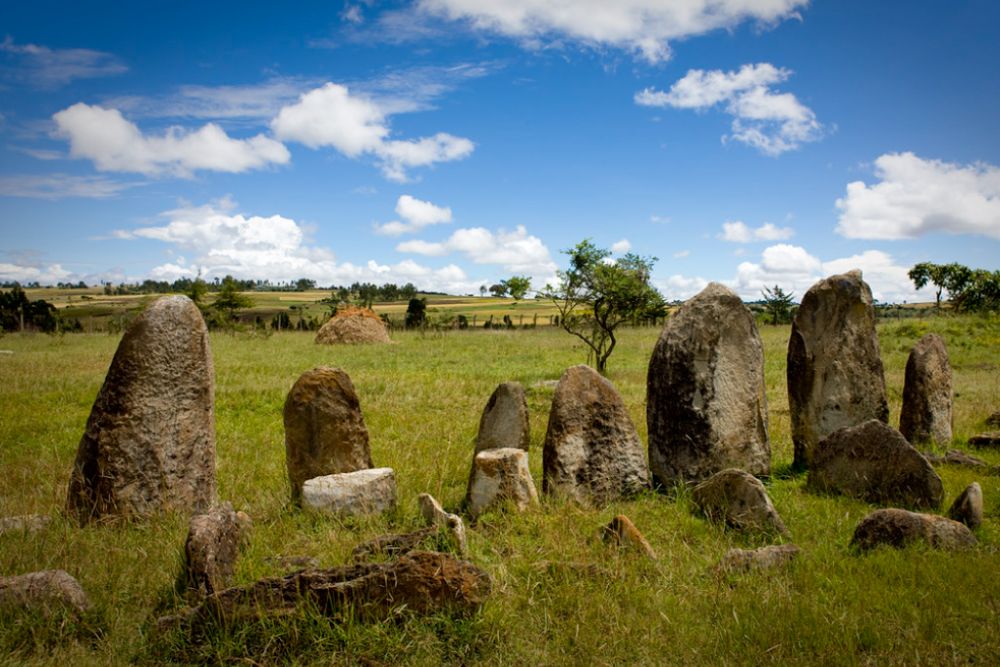
The archaeological site of Tiya features 36 decorated standing stones marking ancient graves. These mysterious monuments carved with enigmatic symbols, including swords, are believed to date from between the 10th and 15th centuries.
It represents one of the most important collections of megalithic structures in East Africa.
Ancient Walls of Harar Jugol
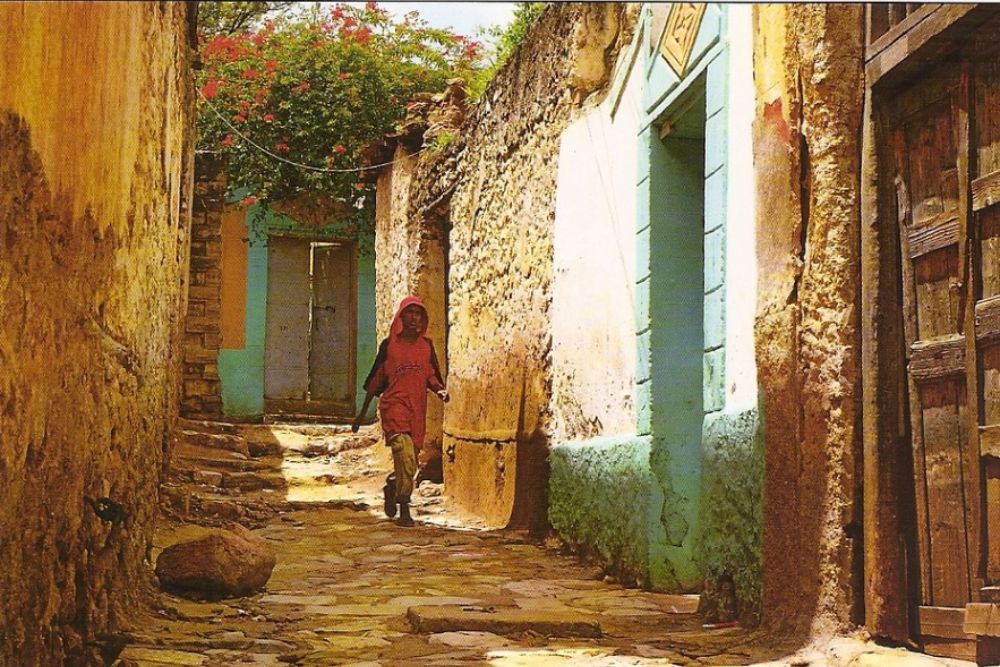
The walled historic city of Harar Jugol has 82 mosques and 102 shrines within its ancient walls. This holy Muslim city has retained its traditional urban plan and architecture with its typical houses, fortification walls, and rich Harari cultural heritage.
The Harari houses are unique for their interior design and construction, showcasing traditional urban African architecture in the best possible way.
Like Travel Pug’s content? Follow us on MSN.
Konso Cultural Landscape
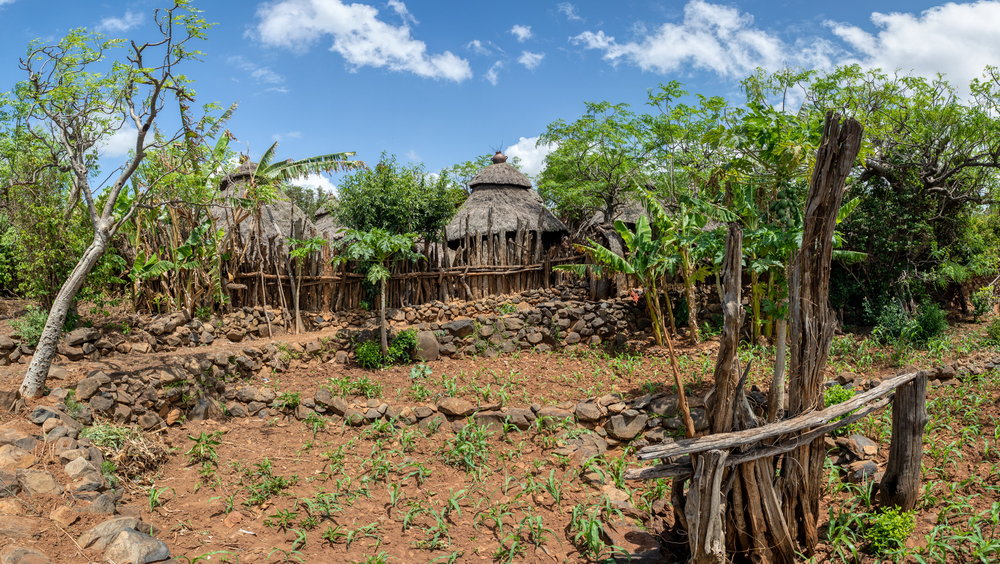
The Konso people have created a remarkable terraced landscape that demonstrates exceptional land management. These agricultural terraces, some over 400 years old, represent a living testimony to sustainable farming practices.
The site includes traditional villages with remarkable generation-marking stones and carved wooden statues commemorating heroes.
Bale Mountains National Park
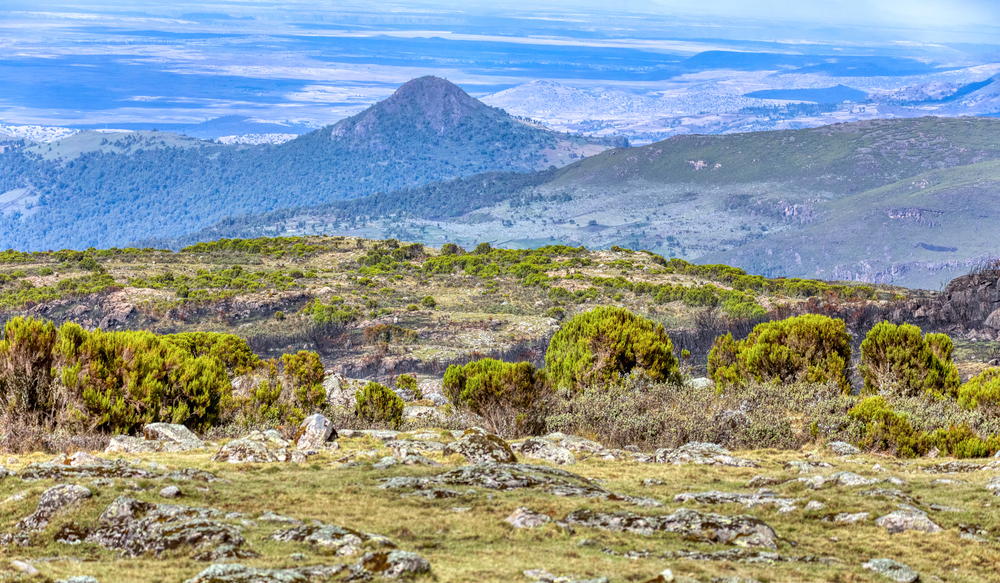
Though not yet a UNESCO site, this park deserves mention for its unique alpine plateau and diverse wildlife. The park harbors the largest population of Ethiopian wolves and represents one of Africa’s largest stretches of alpine moorland.
Its diverse ecosystems support numerous endemic species of both flora and fauna.
Lake Tana Monasteries
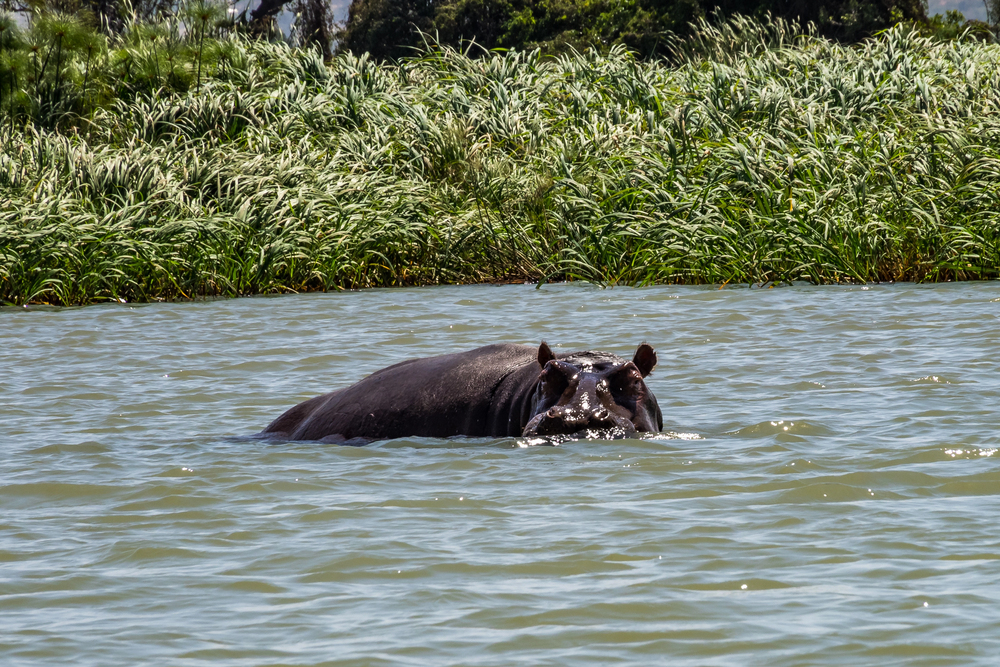
Centuries of Ethiopian Orthodox Christian history have been preserved in ancient monasteries that dot the islands of Lake Tana. These far-flung sanctuaries shelter remarkable collections of illuminated manuscripts and religious artifacts.
Because they have been isolated, their buildings, as well as their customs, are well preserved.
Like Travel Pug’s content? Follow us on MSN.
Sof Omar Caves
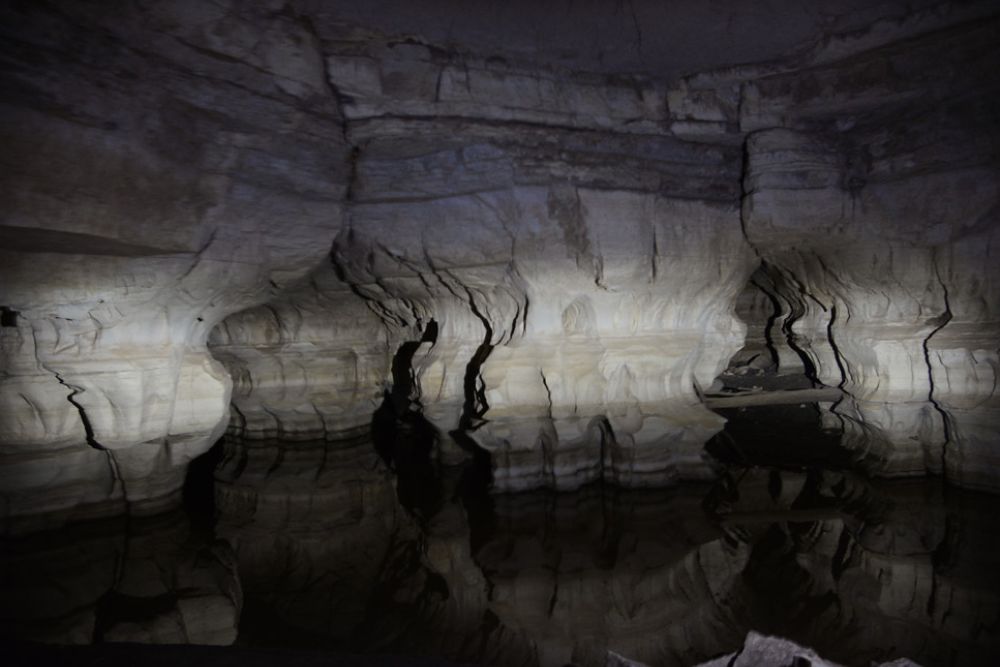
This complex of limestone caves, which the Web River has cut out, is one of the longest cave systems in Africa. The caves are considered very sacred by both local Islamic and traditional Oromo peoples.
The natural pillars and chambers create an otherworldly underground landscape.
The Walled City of Dire Dawa
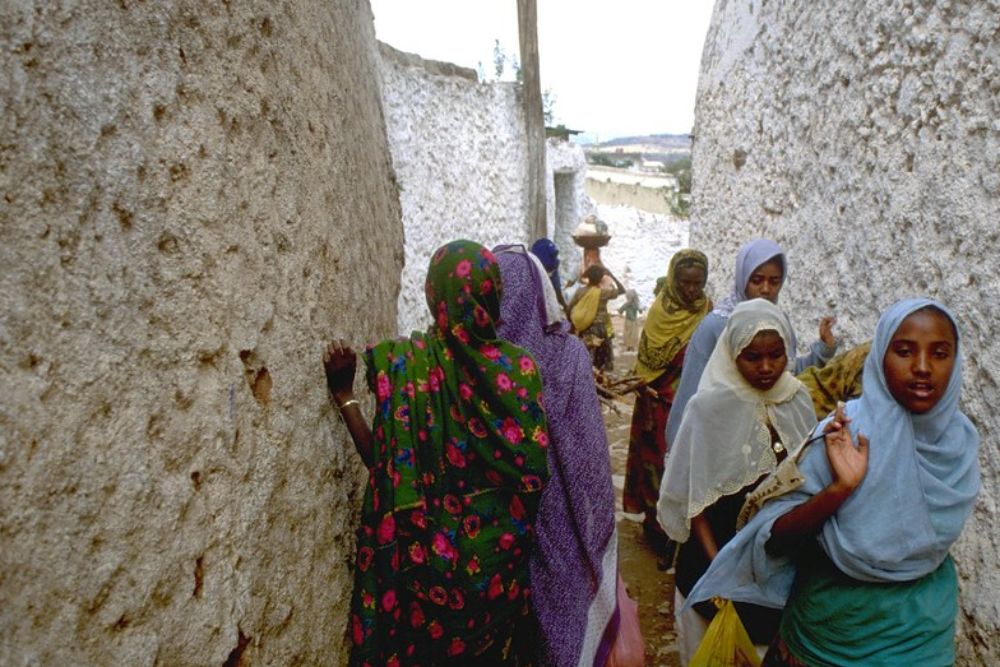
This historic trading center showcases a unique blend of African, Arab, and European architectural influences. Its well-preserved urban fabric reflects its importance as a commercial hub along ancient trade routes.
The city’s traditional markets continue to operate much as they have for centuries.
The Blue Nile Falls
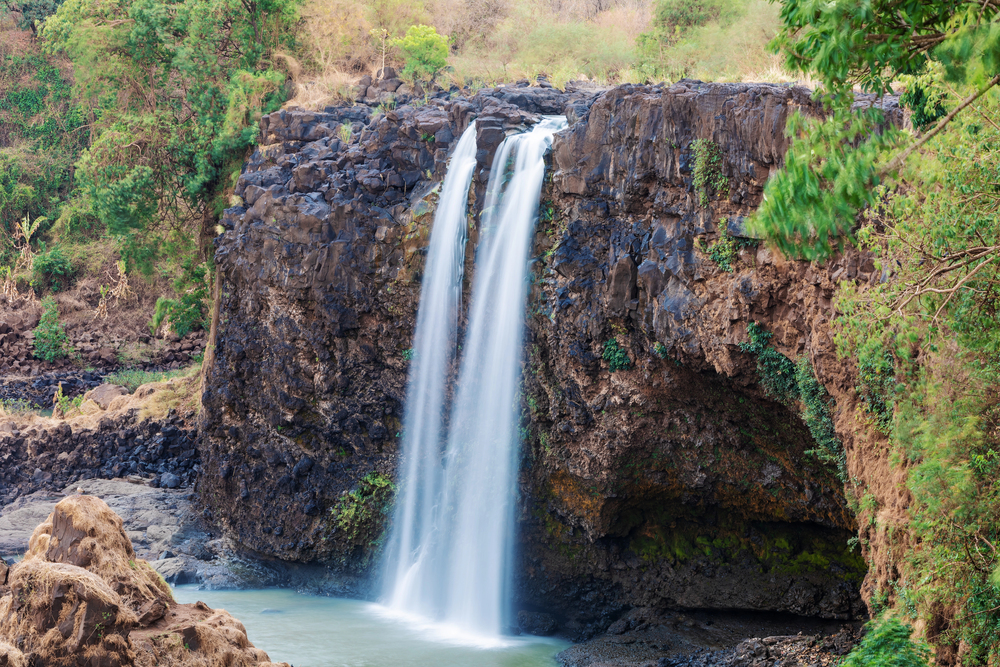
Known locally as ‘Tis Issat’ (‘Smoking Water’), these spectacular falls demonstrate the raw power of the Blue Nile. The falls drop approximately 148 feet and stretch more than 1,312 feet wide during the rainy season.
Traditional grass boats still ferry visitors across the river as they have for generations.
Like Travel Pug’s content? Follow us on MSN.
The Danakil Depression
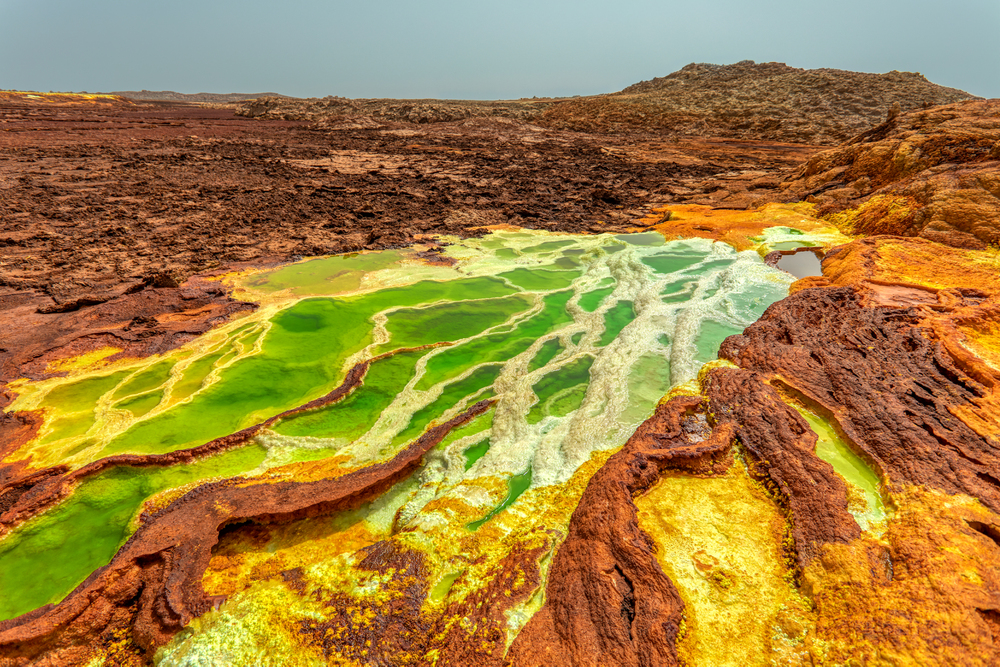
This is a geological wonder that showcases surreal landscapes of colored mineral formations and hot springs. It is one of the hottest and lowest places in the world, often reaching temperatures above 122°F.
Because of this extreme environment, it is studied by scientists to see how life could exist on other planets.
Holy City of Aksum
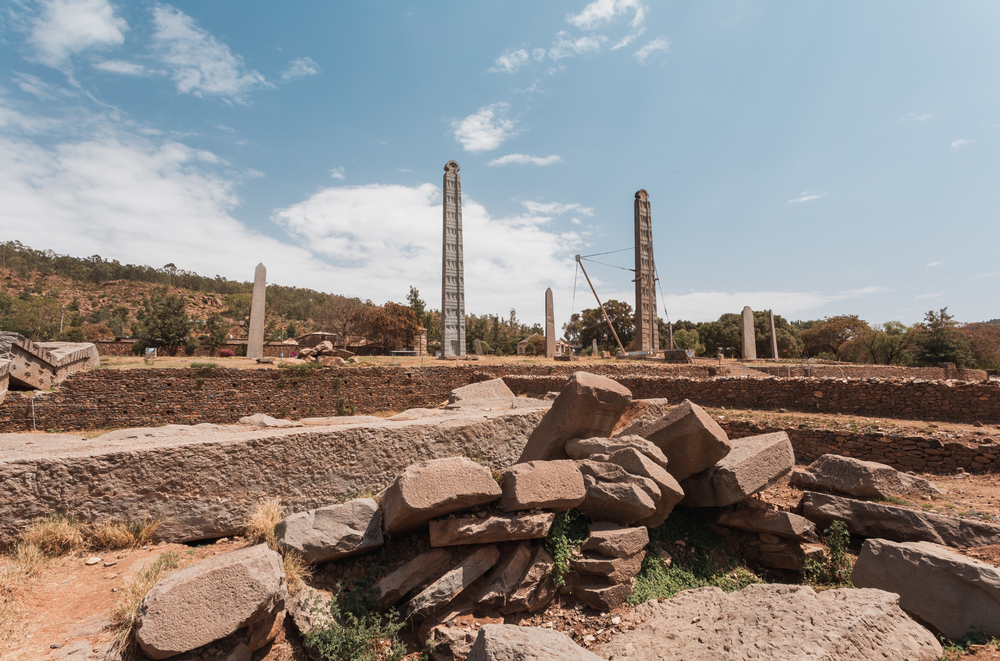
Besides the monumental obelisks, Axum is a city of overwhelming spiritual importance said to host the Ark of the Covenant. Its ancient streets have subterranean tombs, ruined palaces, and inscribed tablets, the archaeological evidence of having hosted a major trading empire capital.
The Rift Valley Lakes
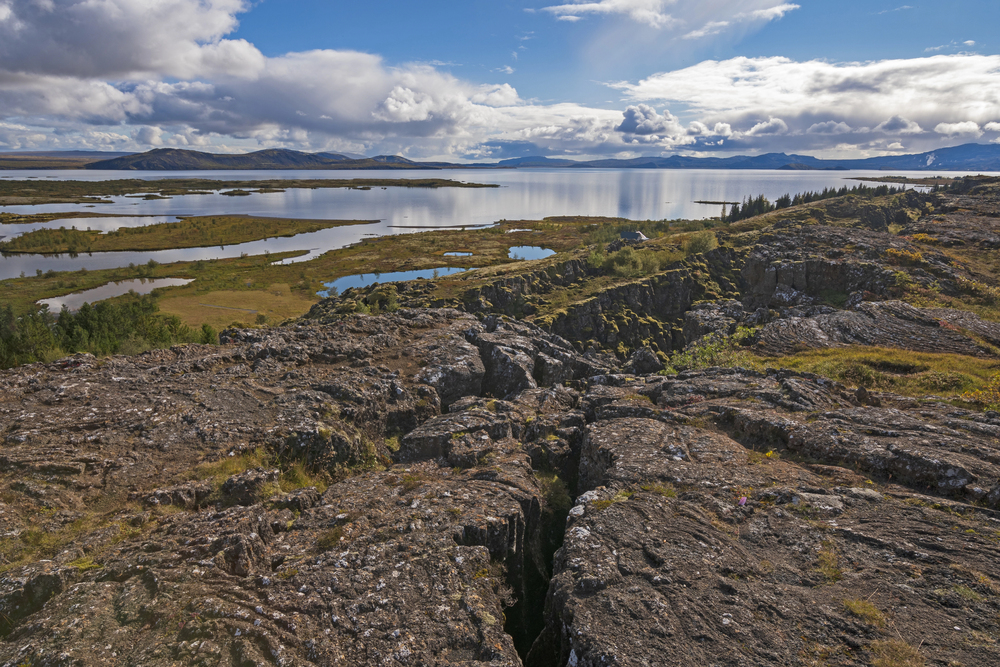
This chain of lakes along the Great Rift Valley is a very important habitat for various species of birds. The lakes support traditional fishing communities and ancient methods of navigation.
Their shores still hold evidence of early human settlements and technological development.
Like Travel Pug’s content? Follow us on MSN.
The Ancient Coffee Forests

Those in Ethiopia’s highlands represent the birthplace of Arabica coffee and a nursery of genetic diversity for the wild coffee plant. They host traditional coffee cultivation, passed from generation to generation.
They are the living museums for the origin and evolution of the coffee plant.
Tigray Rock-Hewn Churches
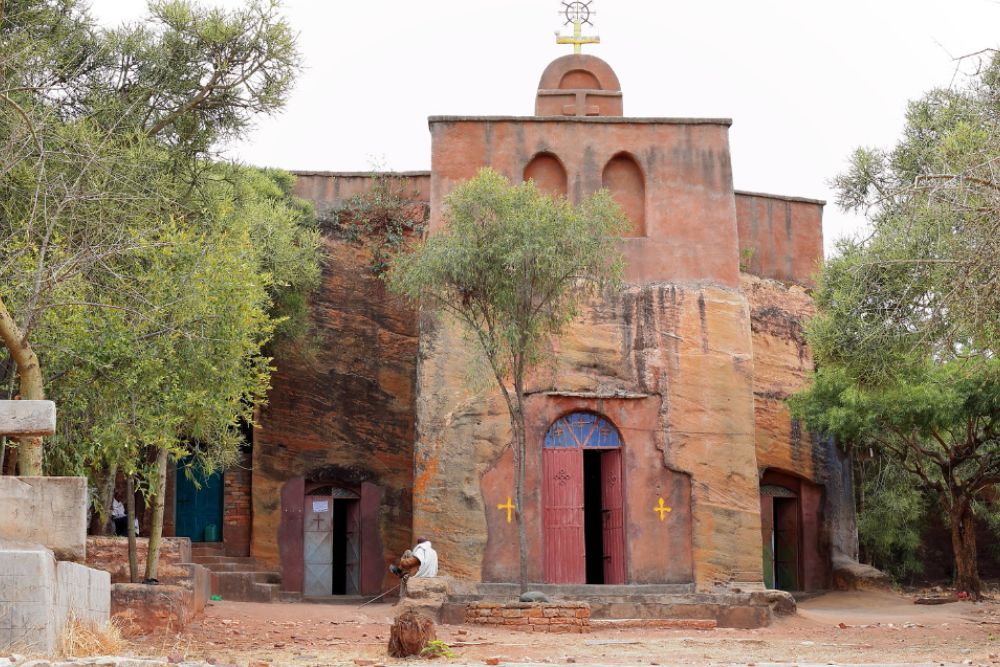
Predating those of Lalibela, these ancient churches carved into cliff faces demonstrate early Christian architecture. Their remote locations helped preserve both their structures and their precious contents.
Many contain well-preserved frescoes and ancient religious manuscripts.
The Paleolithic Sites of Melka Kunture
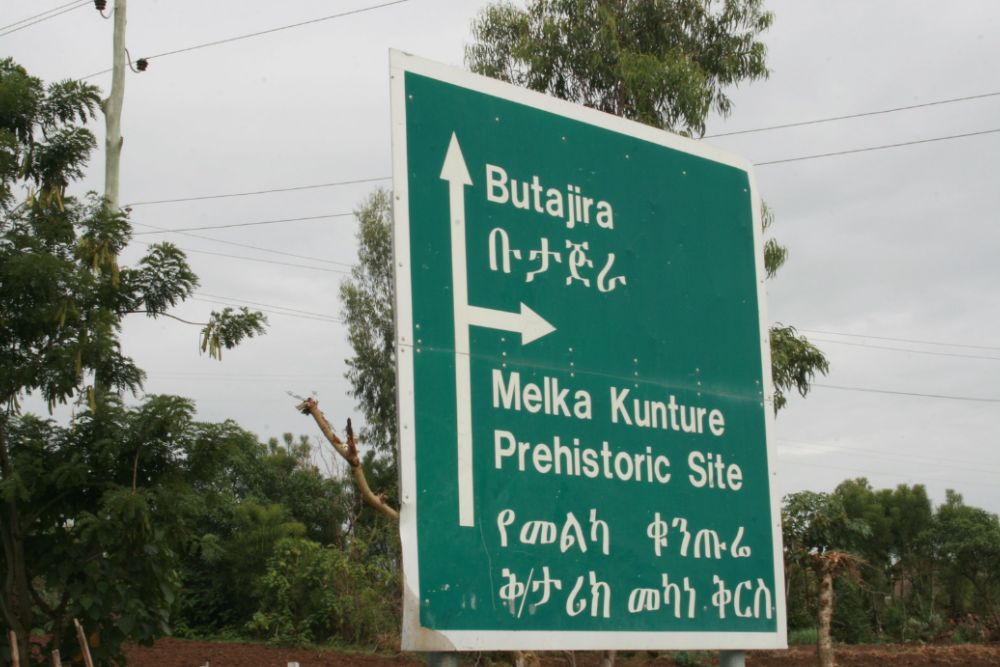
The site of Melka Kunture is one of the most important Paleolithic sites in Africa, located in the upper Awash Valley and spanning almost 1.7 million years of human history.
The site contains numerous archaeological layers with well-preserved stone tools, animal fossils, and evidence of early human activities. Its continuous sequence of human occupation provides crucial insights into the development of human technology and social organization.
Like Travel Pug’s content? Follow us on MSN.
Your Ethiopian Adventure Awaits
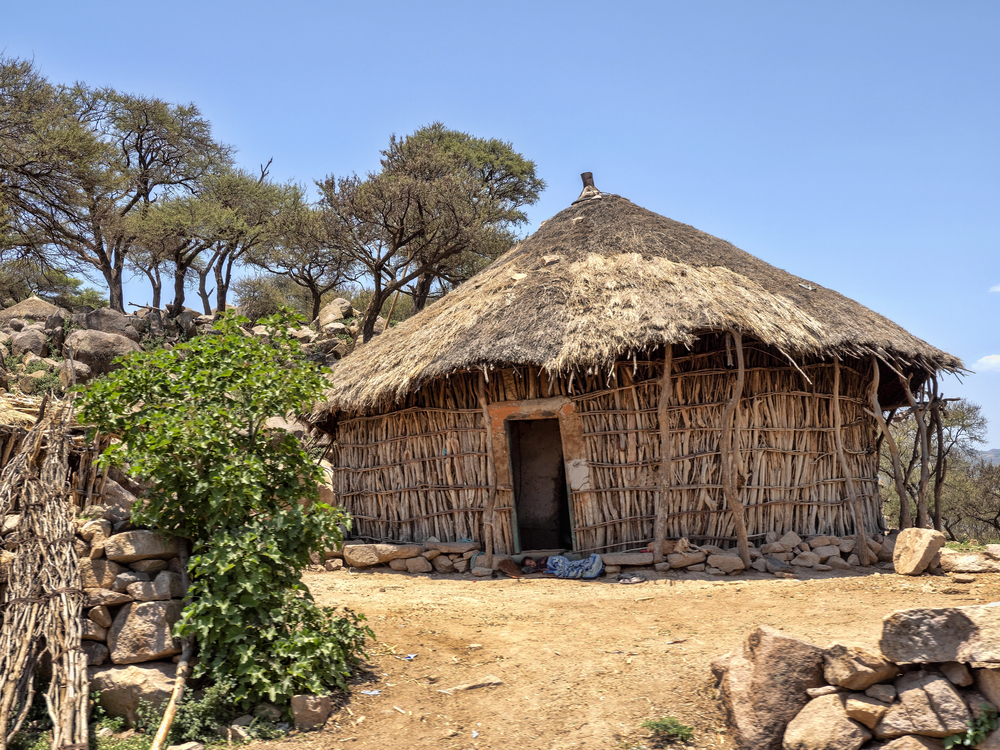
The UNESCO sites in Ethiopia offer a journey through human history, natural wonders, and living cultural traditions unparalleled by any other destination. Each site represents a single story of human ingenuity, spiritual devotion, and natural beauty that has continued to this day.
Whether you are a history enthusiast, nature lover, or cultural explorer, Ethiopia’s heritage sites promise experiences that will leave lasting impressions and create lifelong memories.
More from Travel Pug

- 15 Dangerous European Cities to Avoid
- 15 Caribbean Islands Where Tourists Keep Getting Scammed
- The 20 Most Fascinating Abandoned Places: A Journey Through Time and Forgotten Spaces
- 15 Hidden Places in the Smithsonian Museums Locals Love: A Guide to Lesser-Known Treasures
- 16 Hidden Florida Beach Towns That Aren’t Overrun with Tourists
Like Travel Pug’s content? Follow us on MSN.
